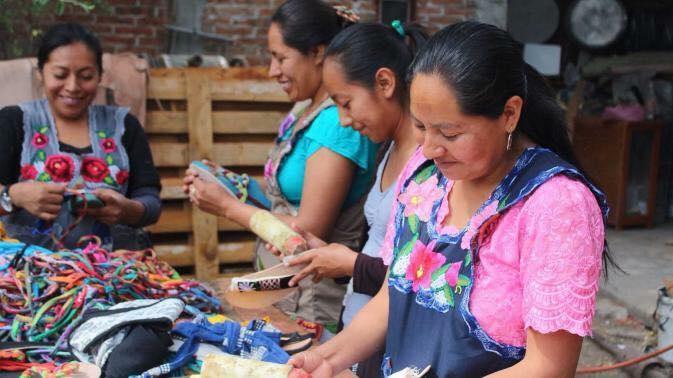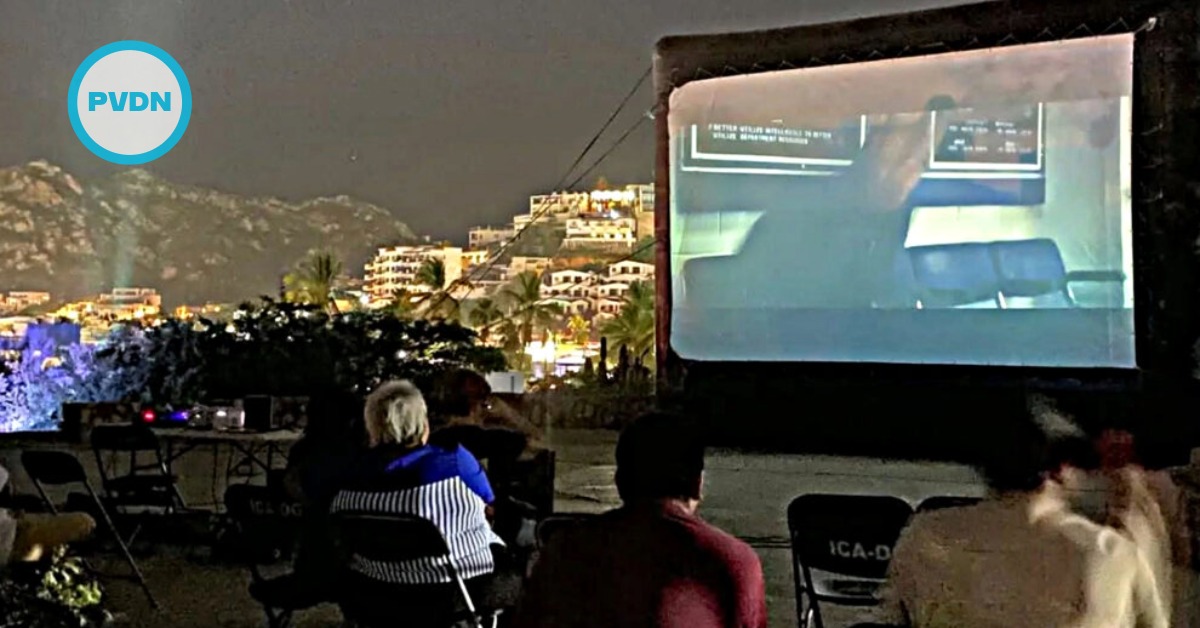At this moment, somewhere in the world, a person is wearing a pair of sandals, sneakers or boots from "Ndavaa", the collective of indigenous artisans of Oaxaca that turns the textile wealth of the state into the perfect company.
From San Dionisio Ocotepec, a town located in the central part of the state, shoes that have astonished countries such as the United States, Spain, Israel, and Germany arise due to their originality and craftsmanship that uses traditional Oaxacan textiles.
Despite the success they have in other countries and artisan fairs within Mexico, the greatest pride of this group led by . . .






